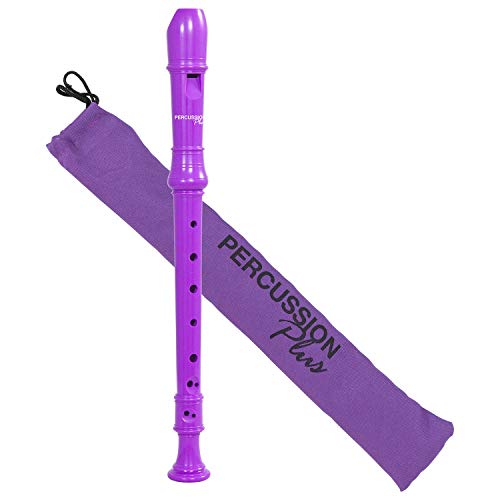Headline: The Components of a Recorder
A recorder, also known as a flute recorder or simply a flute, is a musical instrument that belongs to the woodwind family. It is a popular choice for beginners and is often used in schools for music education. The recorder is made up of several essential components that work together to produce sound and allow for different playing techniques. Let’s take a closer look at the different parts of a recorder.
Headline: The Headjoint
The headjoint is the top part of the recorder that players blow into to produce sound. It consists of the window, labium, and fipple. The window is the small opening that the player directs their air into. The labium is the sharp edge located below the window, which helps create vibrations as the air passes through. The fipple, also known as the block, is a small wooden or plastic plate located over the window. It aids in producing sound by directing the airflow and shaping the sound waves.
Headline: The Body
The body of the recorder is the main section that houses the tone holes, the thumb hole, and the finger holes. It is usually made up of three separate pieces: the headjoint, the middle joint, and the foot joint. The middle joint connects the headjoint and foot joint, while the foot joint contains the thumb hole. The tone holes are strategically placed along the body of the recorder, and their opening and closing by the player’s fingers determine the pitch of the notes produced.
Headline: The Mouthpiece
The mouthpiece of the recorder is the part that connects the headjoint to the player’s mouth. It is where players blow air into the instrument and control the airflow to produce different notes. The mouthpiece typically has a lip plate, which is the part that the player’s lower lip rests against while blowing into the recorder. The lip plate helps create a seal and control the direction and speed of the air stream, resulting in the desired sound.
Headline: The Footjoint
The footjoint is the bottom part of the recorder that players hold and press against their lower lip while playing. It usually contains the thumb hole, which is used to produce certain notes and control the pitch of the instrument. The footjoint may also have additional keys or holes for playing higher or lower notes. These keys or holes are operated by the player’s fingers, allowing for greater range and flexibility in playing different musical pieces.






